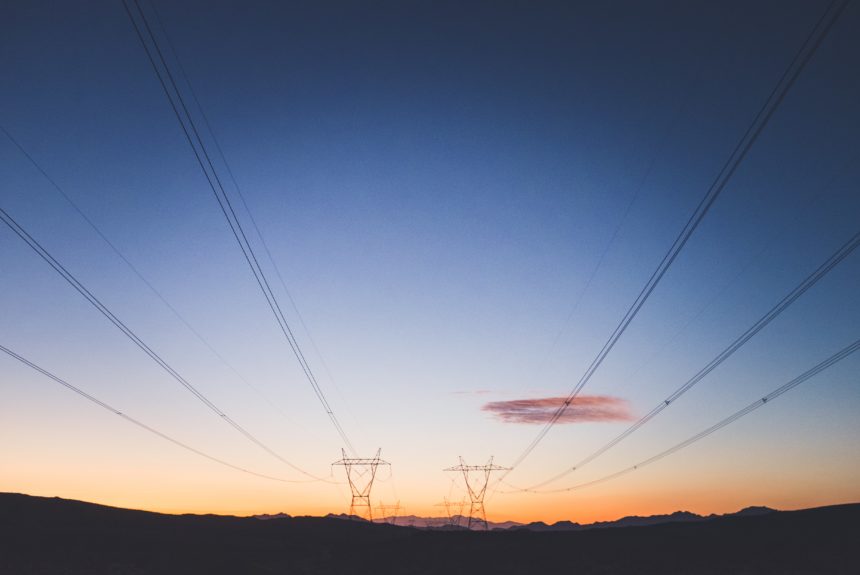By Drew Bond
Everything is bigger in Texas. That unfortunately applies not only to land and sky, but also to this month’s power failures. A polar vortex covered the state and brought the grid crashing down in stunning fashion. It’s one of the biggest power failures in memory.
Once the power is back on, the harder work will begin: improving the power grid, in Texas and everywhere, so this doesn’t happen again.
First, let’s start by realizing that the situation in Texas is rare. In this case, all energy sources failed: natural gas, solar, and wind were all knocked offline by the weather. That doesn’t happen often, and we need to take steps to decrease the chances that it may happen again. Plenty of people have been eager to offer up the same prescriptions they’ve been peddling for years, such as: “get rid of renewables!” or “get rid of fossil fuels!” But beware pundits who offer easy solutions to this complex problem.
Consider: Texas usually has plenty of wind power. But in record-breaking cold and ice, its wind turbines were frozen, knocking some 16,000MW of generation off-line. The state usually sees a lot of sunshine, but solar panels don’t work well on cloudy days, so this weather event took them down as well.
Finally, natural gas. Technology innovation has turned Texas into a clean energy powerhouse by unlocking billions of cubic feet of natural gas. In this case, though, gas wells and gathering lines were not insulated and so they froze up, blocking energy at the source. The gas that did get through was prioritized to go to consumers instead of generating plants, which ended up leaving most consumers with no electricity and thus no heat, even if they did have access to gas.
These are difficult problems, so there will be no magic bullet solution. But one key is to make sure we don’t go in the wrong direction.
Any proposal that limits sources of energy would only make a resilient grid more difficult to achieve. Germany and Japan reacted to a natural disaster by shutting down their nuclear power plants, and could face blackouts of their own. A plentiful supply of energy makes resilience easier to achieve.
A second idea is to promote research and development in both the public and private sector. The energy grid of the future shouldn’t be vulnerable to extreme weather. But tomorrow’s clean energy technology isn’t going to will itself into existence. We need to invent it, test it and deploy it. Better yet, we need to make it here in America instead of buying it from China.
The Biden administration is talking a lot about climate change these days, and there’s bipartisan support for investing in the long-term research, development and demonstration of advanced technologies. But if they are really serious, they should also eliminate regulations that may make it difficult for companies to deploy clean energy here in the United States.
Finally, the federal government must improve the tax code to make it easier for businesses to invest in their futures. One sensible and simple step would be to make permanent the accelerated or “bonus” depreciation that Congress passed in 2017. Among other benefits, this would encourage businesses of all types to improve their resiliency to extreme weather events by upgrading their equipment, whether they’re running a gas pipeline, manufacturing the next Tesla, developing a solar farm with backup batteries, or capturing carbon and using it to improve oil and gas production in the state.
It’s important to remember that while many things are political, energy shouldn’t have to be. This shouldn’t be a renewables vs. fossil fuels debate. We need both. This shouldn’t be a blue state vs. red state debate. Bad weather will eventually threaten every state.
The question is whether our energy infrastructure is truly resilient. Whether you blame the changing climate or just bad weather, we need a power grid that is better prepared for emergencies. Strengthening the grid won’t be easy, but it can be done. The best way to start is by promoting an “all of the above” energy policy that balances affordability, resiliency, and environmental stewardship. Hopefully, that’s a policy that we can all get behind.
The views and opinions expressed are those of the author’s and do not necessarily reflect the official policy or position of C3.
